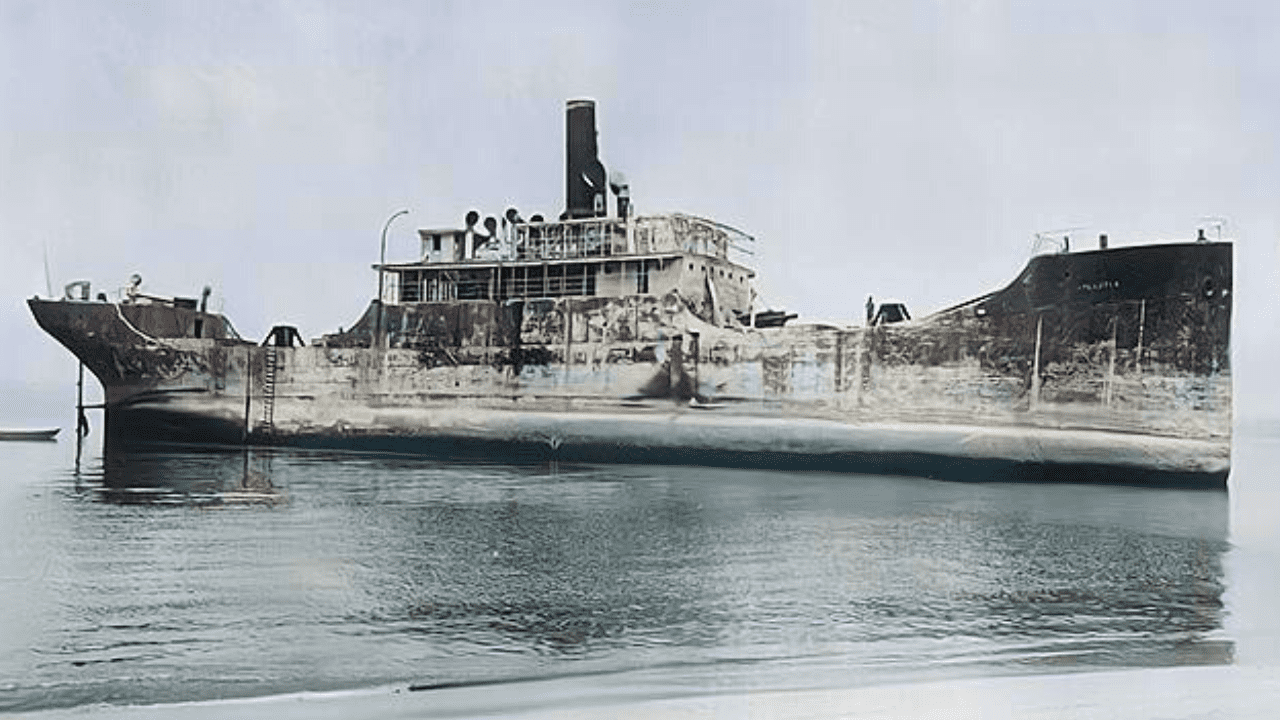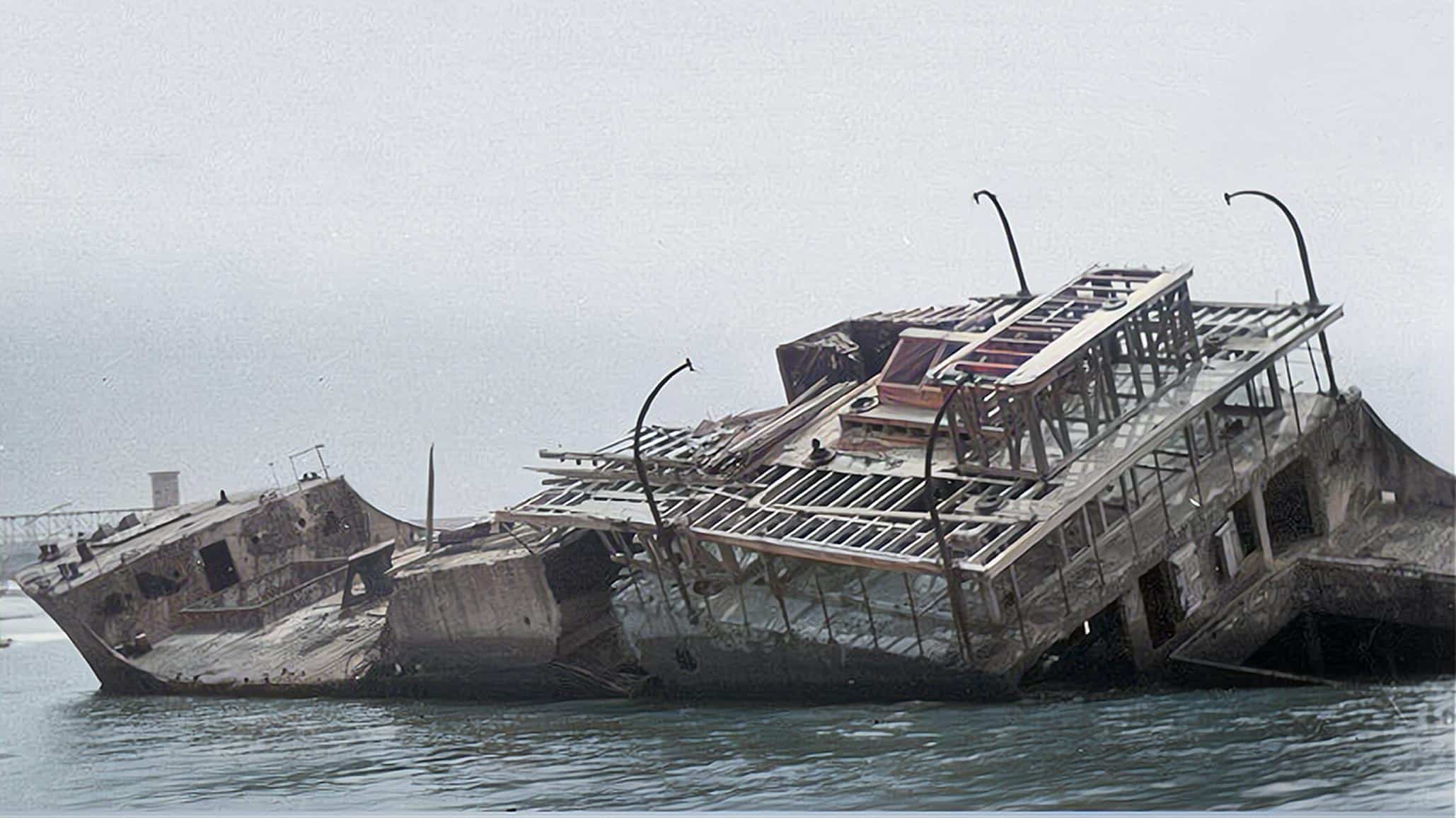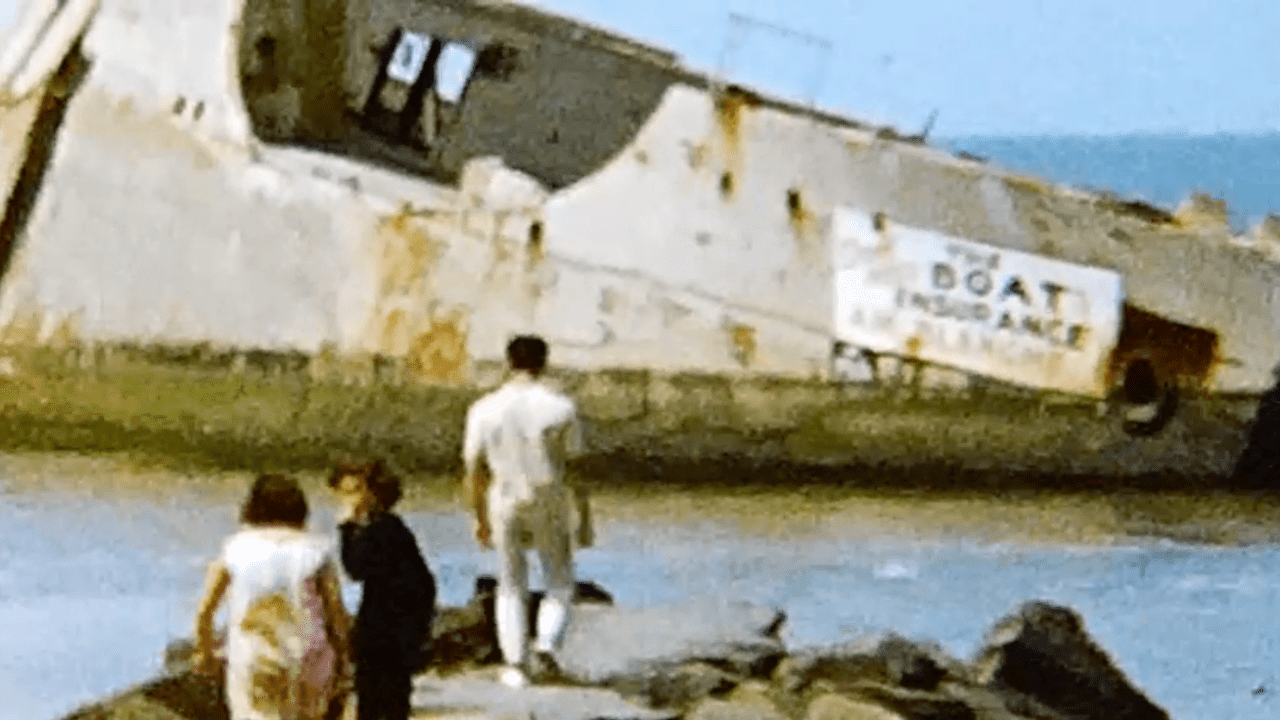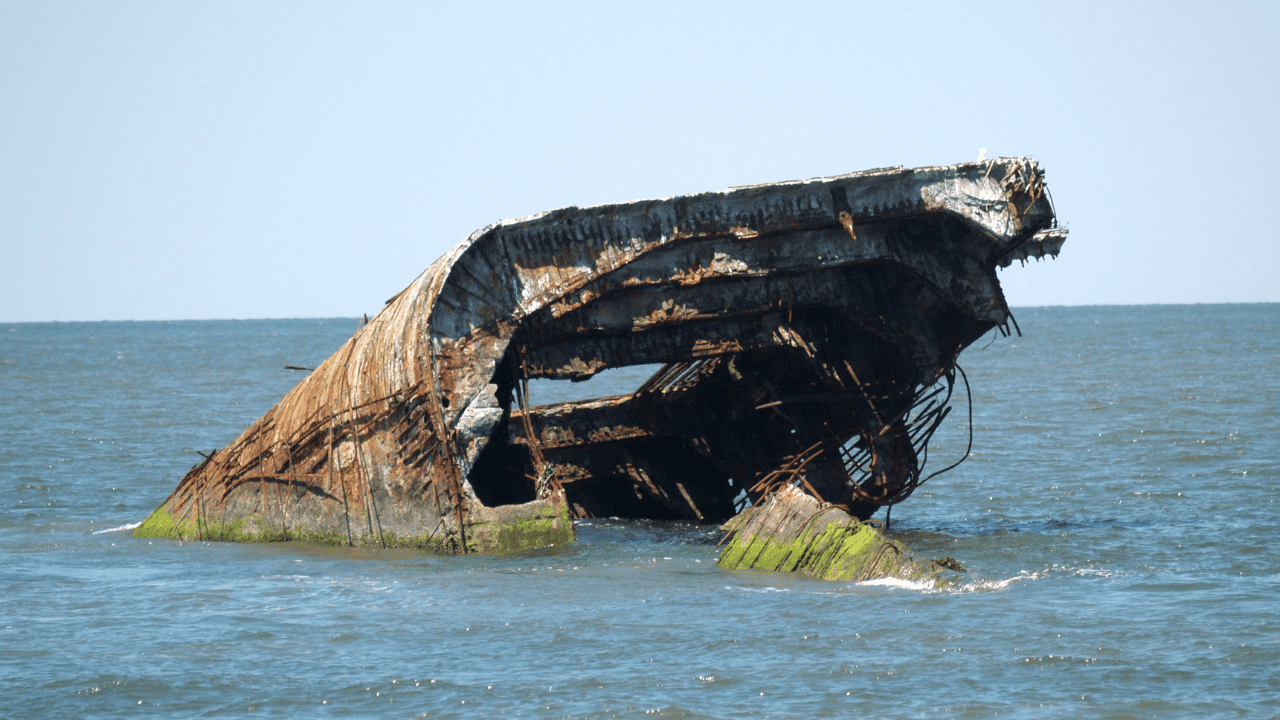The Death of New Jersey’s Concrete Ship
Cape May’s Concrete Ship, also known as the SS Atlantus, is a unique and interesting piece of history. The ship was built in 1918 as part of the United States World War I effort.
At the time, the country was in need of more ships to transport troops and supplies across the Atlantic, but steel was in short supply. In order to meet the demand, the United States Shipping Board decided to experiment with building ships out of concrete.
 The SS Atlantus was one of 12 concrete ships that were constructed during this time. She was built by the Liberty Ship Building Company in Brunswick, Georgia, and was launched in 1918. The ship was designed to carry cargo, with a capacity of around 12,000 tons. However, the Atlantus never saw active service during World War I as the war ended before she could be put into service.
The SS Atlantus was one of 12 concrete ships that were constructed during this time. She was built by the Liberty Ship Building Company in Brunswick, Georgia, and was launched in 1918. The ship was designed to carry cargo, with a capacity of around 12,000 tons. However, the Atlantus never saw active service during World War I as the war ended before she could be put into service.
After the war, the Atlantus was sold to a private company, the Eastern Steamship Company, which intended to use her for coastal transport.
In 1920, the ship set sail from Brunswick, Georgia, for Cape May, New Jersey, where she was to be used as a ferry terminal for passengers traveling to Atlantic City.
However, during her voyage, the ship encountered severe weather conditions and was beached near Cape May. Despite attempts to refloat the ship, she was eventually abandoned and left to deteriorate on the beach.

The Death of New Jersey’s Concrete Ship
At the bottom of this article is a film showing the first images of the S. S. Atlantus stuck on Sunset beach in Cape May.
In the following years, the SS Atlantus became a popular attraction for tourists visiting Cape May. The ship’s unique concrete construction made it a curiosity, and many people came to see the abandoned ship.
Also See: The Haunted Grave on the Cape May Beach
However, as the years went by, the ship’s condition continued to deteriorate, and it became increasingly dangerous to visit.
In 1926, a severe storm caused further damage to the ship, breaking her in half and scattering debris along the beach.

The middle section has sunk completely which explained why there is a section missing between both halves.
Since so many people went to visit the ship, the boat became a great place to advertise. A boat insurance company and Henry’s were two of the most notable local businesses that took up this opportunity.
In 2008, a major storm hit Cape May, causing significant damage to the remaining section of the ship. The bow section was severely damaged, and parts of the concrete side started to fall off showing rusting metal frame pieces.

Visitors may only have a few years left before the remaining parts of the ship will be completely submerged and disappear into New Jersey history. Once under the water line, the area will be marked off so that boaters don’t accidentally hit it and sink.
Despite the fact that the SS Atlantus never saw active service and ultimately met an inglorious end, she remains an interesting and unique piece of history.
The experiment to build ships out of concrete was a failure, but the SS Atlantus serves as a reminder of the ingenuity and resourcefulness that was required during World War I.
Today, she serves as a unique attraction for visitors to Cape May, and a symbol of the determination and perseverance of the local community who worked to preserve her memory.
